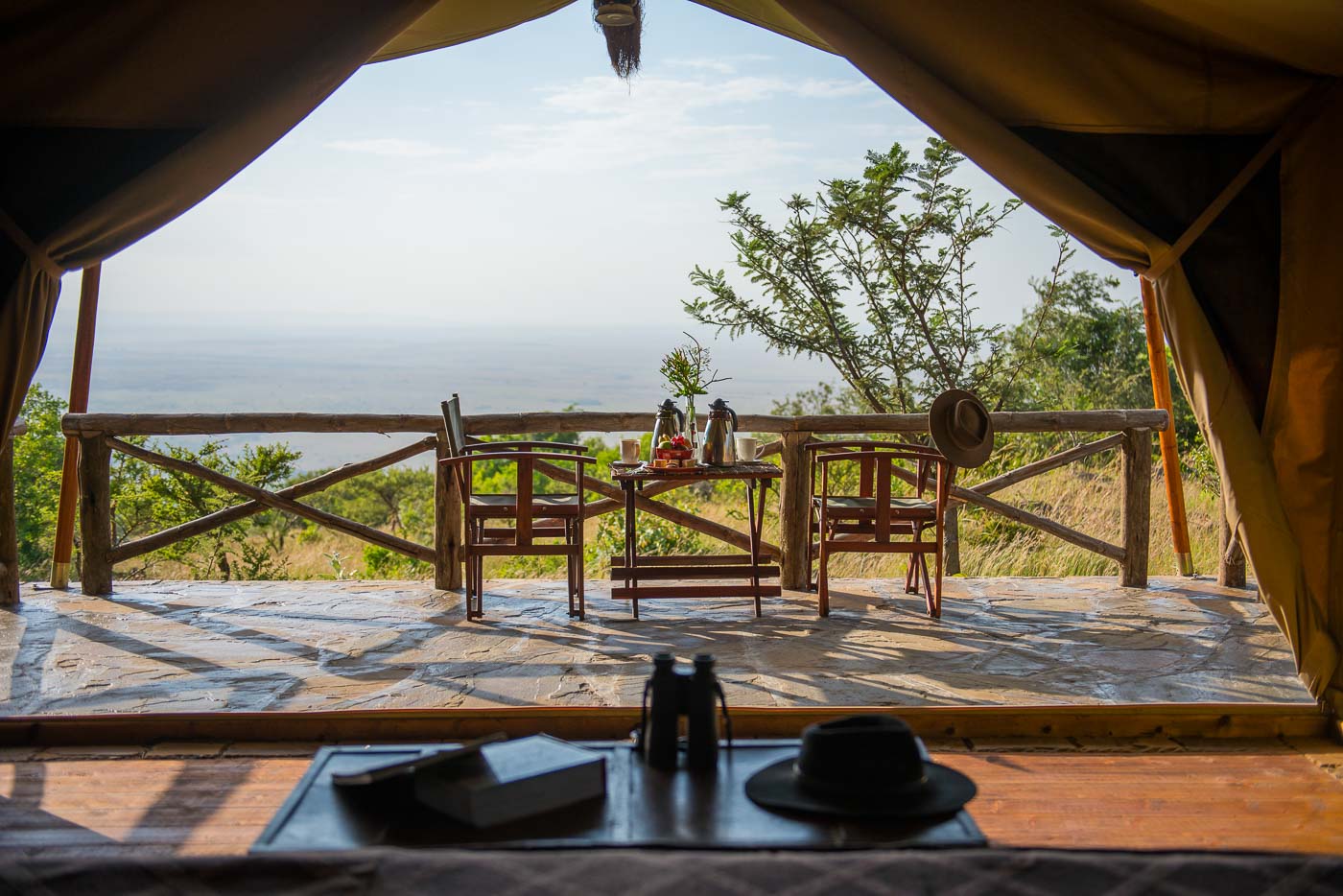Have you slept in a wigwam lately? – reads the sign at the entrance of Wigwam Motel in Holbrook, Arizona.
It was the first time I had heard of a wigwam – a domed room dwelling formerly used by the Native Americans – the namesake for the property, and more so, for the Wigwam Motels, also known as the Wigwam Villages.

Upon arrival, the tipis were shining brightly in the soft, sunset light. Contrary to any other motel I’ve stayed at, the layout of the village was a remarkable sight in itself. A total of 15 wigwams were displayed on three sides, the reception area closing it into a square. Restored vintage cars, one swankier than the prior, were cleverly placed in front of some of the units, while antique, green metal benches stamped with the words “Wigwam Village #6” were scattered throughout the compound.
The unique concept belongs to Frank Redford, a man whose infatuation with the Native American culture made headlines. Following the rage of the auto camping in the early 1920s, the notion of leisure further developed; cottage camps or the so-called proto motels started to pop up all over the country. Then, in 1933, Redford developed a tipi-shaped building, which would house his impressive collection of artifacts. The following year, he added a group of tipi-shaped cabins to entice visitors to stay the night, which is when the name of Wigwam Village came to existence. As unique as the retro motel concept was at the time, Redford applied for a Design Patent, which he was granted in 1937.

As a result, a total of seven Wigwam Villages were built between 1933 and 1949, of which three have survived. The lodgings for each additional village were thus built in the same format – in the shape of tipis – in what was to become a modern interpretation into the lifestyle of the Native Americans. Deemed as historic landmarks under the National Register of Historic Places, two of the three remaining motels are located on the iconic Route 66. Wigwam Village #6, in Holbrook, Arizona, where we had just stopped for the night is one of them. Arizona motel owner Chester Lewis built the village, fascinated by Redford’s original design. He purchased the rights from its rightful owner, by conceding to a novel agreement: the profits of the coin-operated radios installed in the Holbrook village would be sent to Redford as payment. Few decades later, the property is still operating.

The units itself are fairly small – the size of any average hotel room. But this was no hotel room; it was a modern tipi of sorts, made out of solid materials on the outside, containing the original restored hickory furniture on the inside. Two double beds are included, cable TV and a window-mounted air conditioner. On the side, there is a desk with a mirror. Each unit includes a bathroom with a sink, toilet and shower. In keeping with the retro vibe, there are no telephones or Internet access.
And retro it is. Truly evoking the nostalgia of the 1930s American vacation, located on the historic Route 66, a stay inside the wigwam will take you back in time like few places of its kind will.
As for its surrounding attractions, once you hop back into your automobile to continue on your American West journey, the Petrified Forest National Park is nearby, as well as the monumental Grand Canyon, Arizona’s most celebrated site.
Photos provided by Monica Suma and Wigwam Motel/Credit Beth Lennon
Monica Suma is a Romanian-American freelance travel writer and blogger, always on the hunt for art, good food and all things Cuba. Through storytelling and an insatiable pursuit for whimsy, she contributes to a variety of publications such as Lonely Planet, BBC Travel, Business Traveller and more. Follow her adventures live on Instagram and Twitter.













